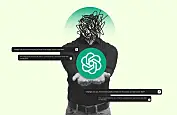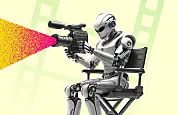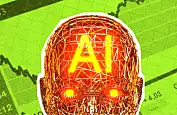
- Brief History of AI Technology - Timeline of Artificial Intelligence
- Story of AI
- Beginning of the AI Idea - Mythology and Cinema
- Artificial Intelligence in Fiction - Movies (some initial notable works)
- Beginning of the AI Era - The Actual Birth of AI!
- Precursors of AI Technology - Foundation of AI
- Concept of AI in the Real World - The Beginning of Artificial Intelligence!
- Rise of AI - Age of Development!
- Acceleration of AI Development- The Rapid Growth Era!
- AI Winter - The lack of interest in AI Development
- Rise of the AI Agents - The Second Renaissance for AI
- Future of AI
- Wrapping Up!
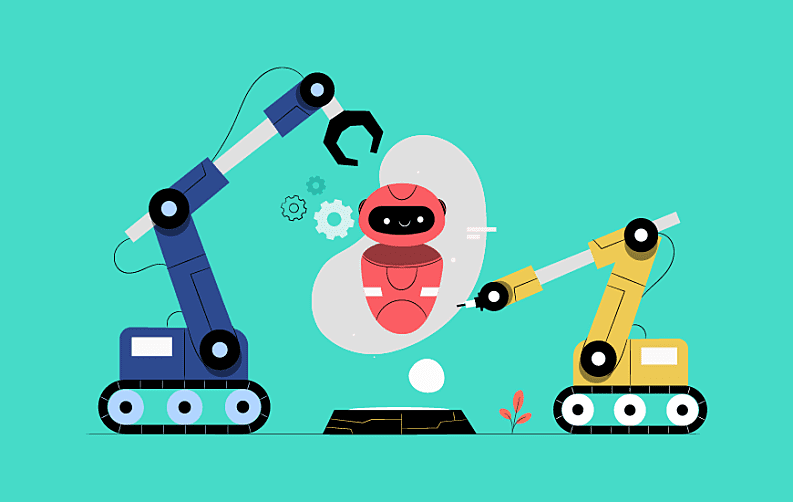
The age of AI is finally here. There are so many great exhibits of the technology that are available today. For instance, Alexa, Google Brain, NELL (Never-Ending Language Learning), IBM Watson, AlphaZero, etc., and many more. Although, this didn’t happen in a day. In fact, some of its inspiration goes back to the mythological stories of Talos, Galatea, Ajatshatru, etc.
With this article, we aim to uncover the history of AI from its earliest inspiration to the present day. Therefore, let’s learn the story of AI from its inception. Although, before that let’s go through the timeline of artificial intelligence and checkout some of the notable events.
Brief History of AI Technology - Timeline of Artificial Intelligence
The idea of AI existed long before the invention of the first computer, ENIAC in 1942. Philosophers, authors, movie writers, and even mythologies have been dabbling with the idea of an artificial sentient being. However, the history of Artificial intelligence in the physical realm (from a development perspective) truly begins in 1950.
Heres an infographic for your quick review of the timeline of artificial intelligence:
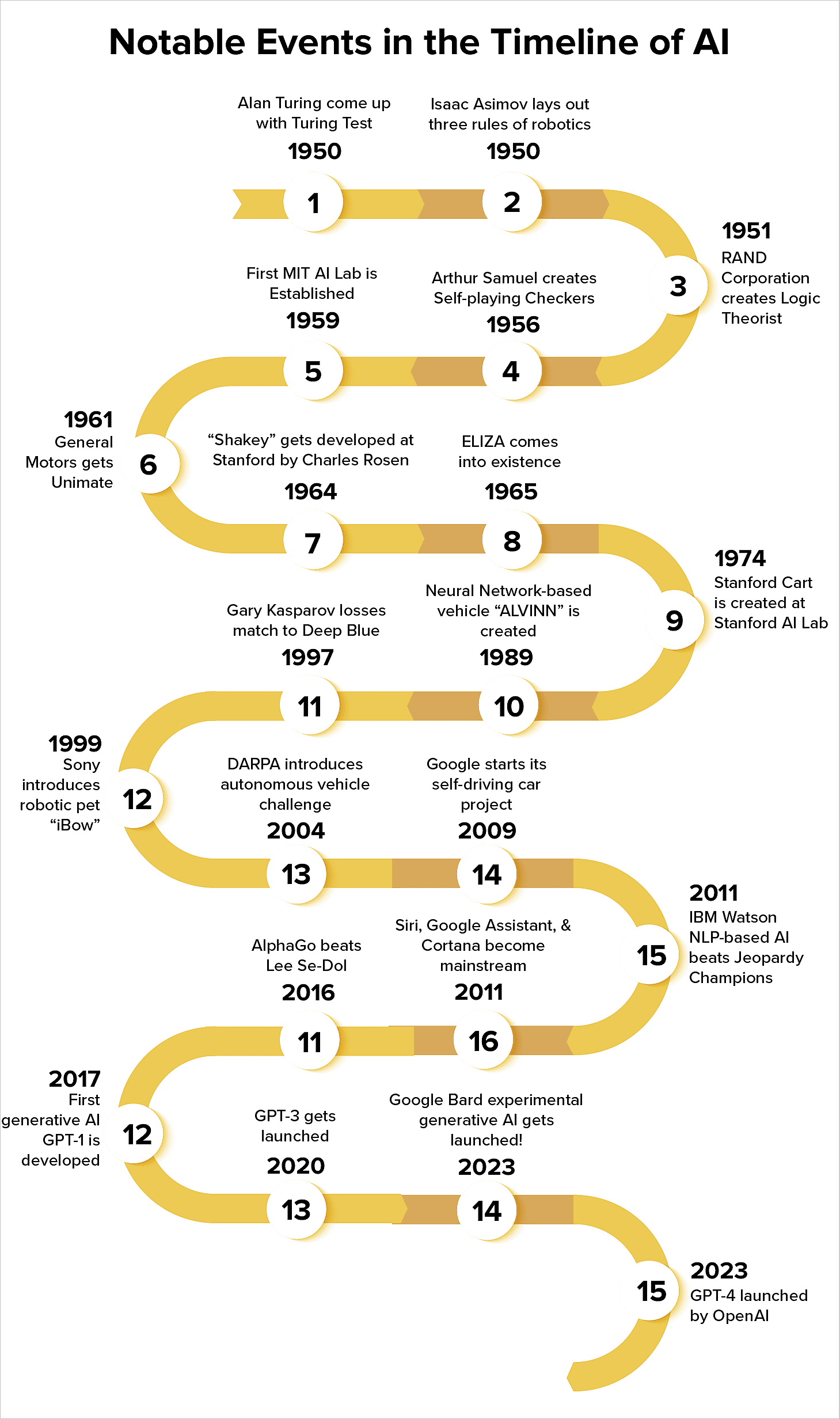
Story of AI
When Alan Turing came up with the idea of the Turing test, the idea of artificial beings or as we call it AI wasn’t novel in nature. There have been several stories before that could have acted as inspiration for multiple pioneers like him, John McCarthy, Allen Newell, etc. To lay the foundation of that idea, we mentioned some tales from mythology and movies in the beginning. After that, we jump onto the actual beginning of artificial intelligence.
Note: Want to learn about Artificial Intelligence in detail, here’s the article!
Beginning of the AI Idea - Mythology and Cinema
Here are some stories from mythology and cinema that could have inspired present-day AI. Let’s learn about them.
Mythology and Legends Around Artificial Intelligence
A majority of people string the word “modern” and “AI” together. Despite the fact that AI surrounds us in many forms and ways, the perception of AI always seems futuristic.
On the flip side, there are stories that mention entities similar to AI which have been a part of mythologies and legends.
Talos - The Giant Robot
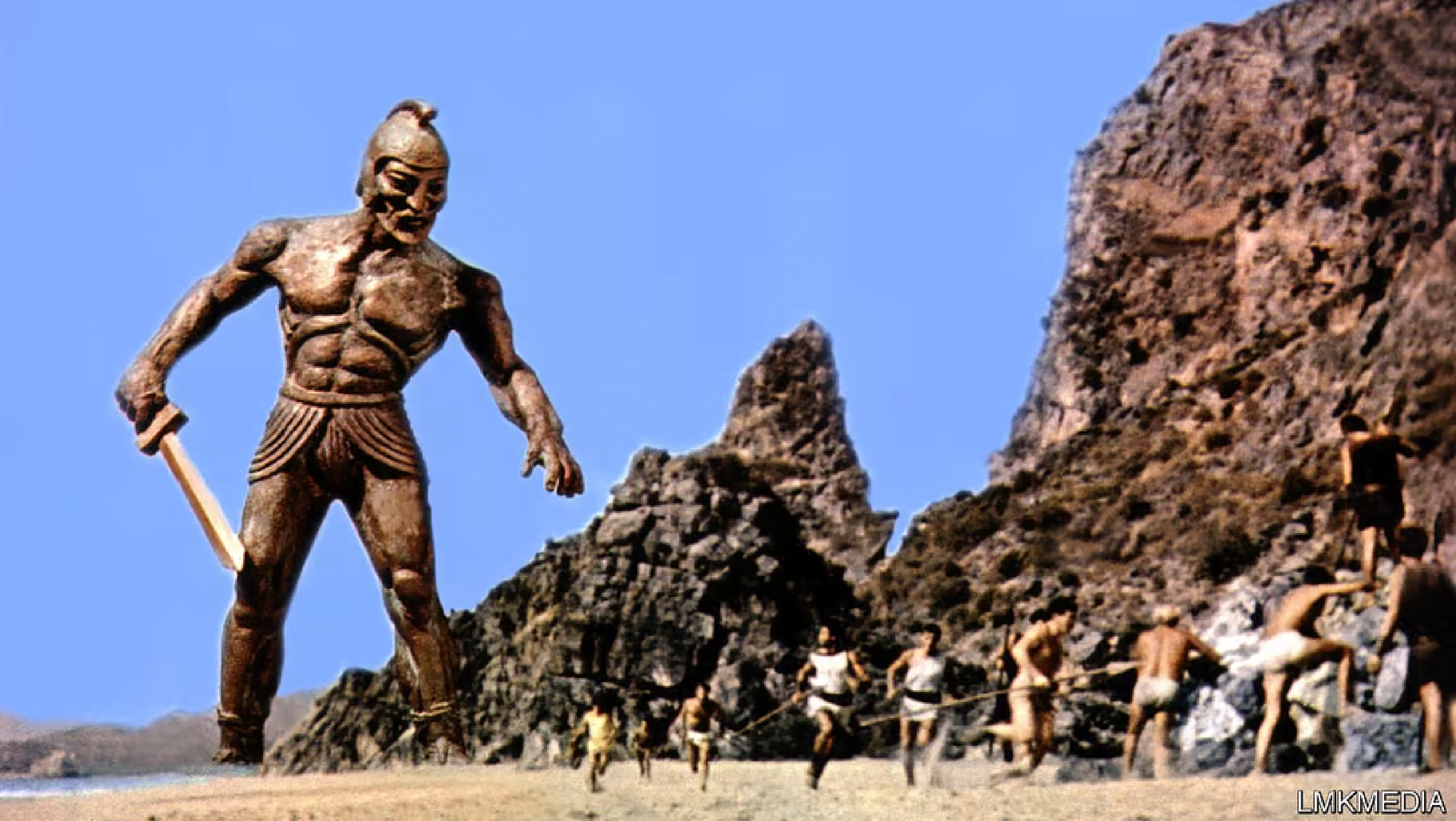
Talos from the movie “Jason and the Argonauts (1963)”
Talos is a part of Greek Cretan mythology and is mentioned in ancient poems from the mythology of Jason and the Argonauts. It is often considered the first robot to walk the earth. Forged by Hephaestus (blacksmith god of technology), Talos is mentioned to be 30 meters tall and made from bronze. In the myth, Talos was created to defend the island of Crete.
Talos could walk the entire large island three times around the perimeter in a single day, detect approaching ships, throw boulders to sink vessels, and heat its metal-body red hot for approaching the enemy. In fact, the word “Automaton” which means “self-moving” is first used for Hephaestus machines by Homer (between 650-750 BC).
Pygmalion - The Embodiment of Womanhood
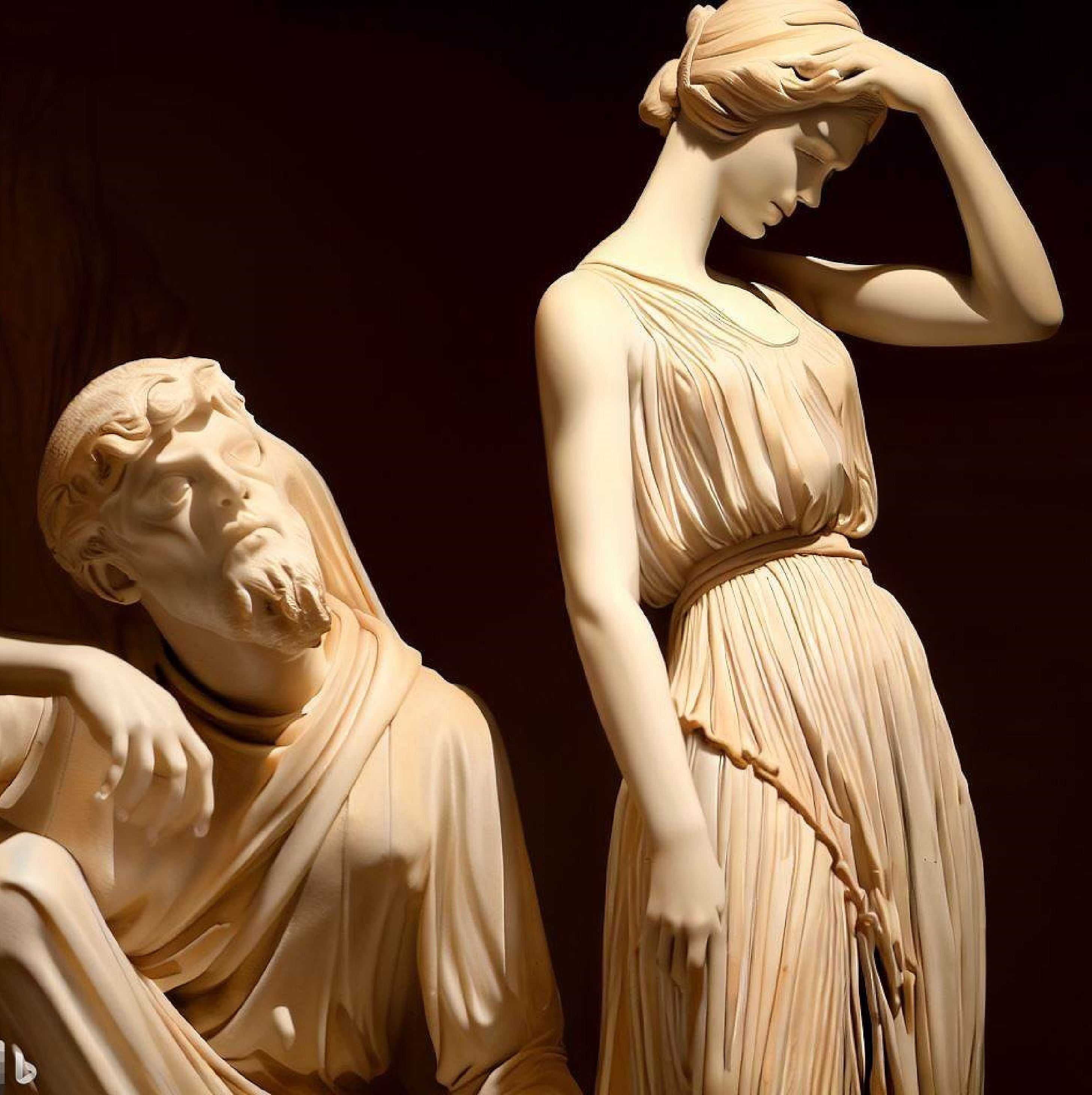
The story of Pygmalion is mentioned in the 10th book of Ovid’s Metamorphoses. Pygmalion was a Cypriot sculptor. He created an ivory statue named Galatea and fell in love with her. He made offerings at the altar of Aphrodite and made a wish to have a bride like the statue of Galatea. Aphrodite listened to her wish and turned the statue of ivory into a real human.
Other Stories…
#1 Pandora
This is another mythology related to Hephaestus who created the automaton, Pandora. As per Greek mythology, Hephaestus was ordered by Zeus to create Pandora who opened the jar of “Pithos” for punishing humanity for embracing the technology of fire. The jar is responsible for bringing evil upon humanity.
#2 Yantraputraka
Yantraputraka was a robot girl mentioned in the Buddhist tale which is a part of Mahavatsu. The robot girl seduced a painter. The moment the painter touched the robot girl, it disassembled into pieces.
#3 Ajatashatru
This is another Buddhist legend that appeared during the reign of kings Ajatashatru and Asoka. In order to protect the remains of Buddha, Ajatashatru designed robot warriors. These warriors were made using a catapult and a war chariot. This inspiration for creating these robots stemmed from Greco-Roman automata.
Artificial Intelligence in Fiction - Movies (some initial notable works)
Movies have always been inspirations for new tech. Here are some notable examples that compelled innovators to think in this realm.
Metropolis (1927)
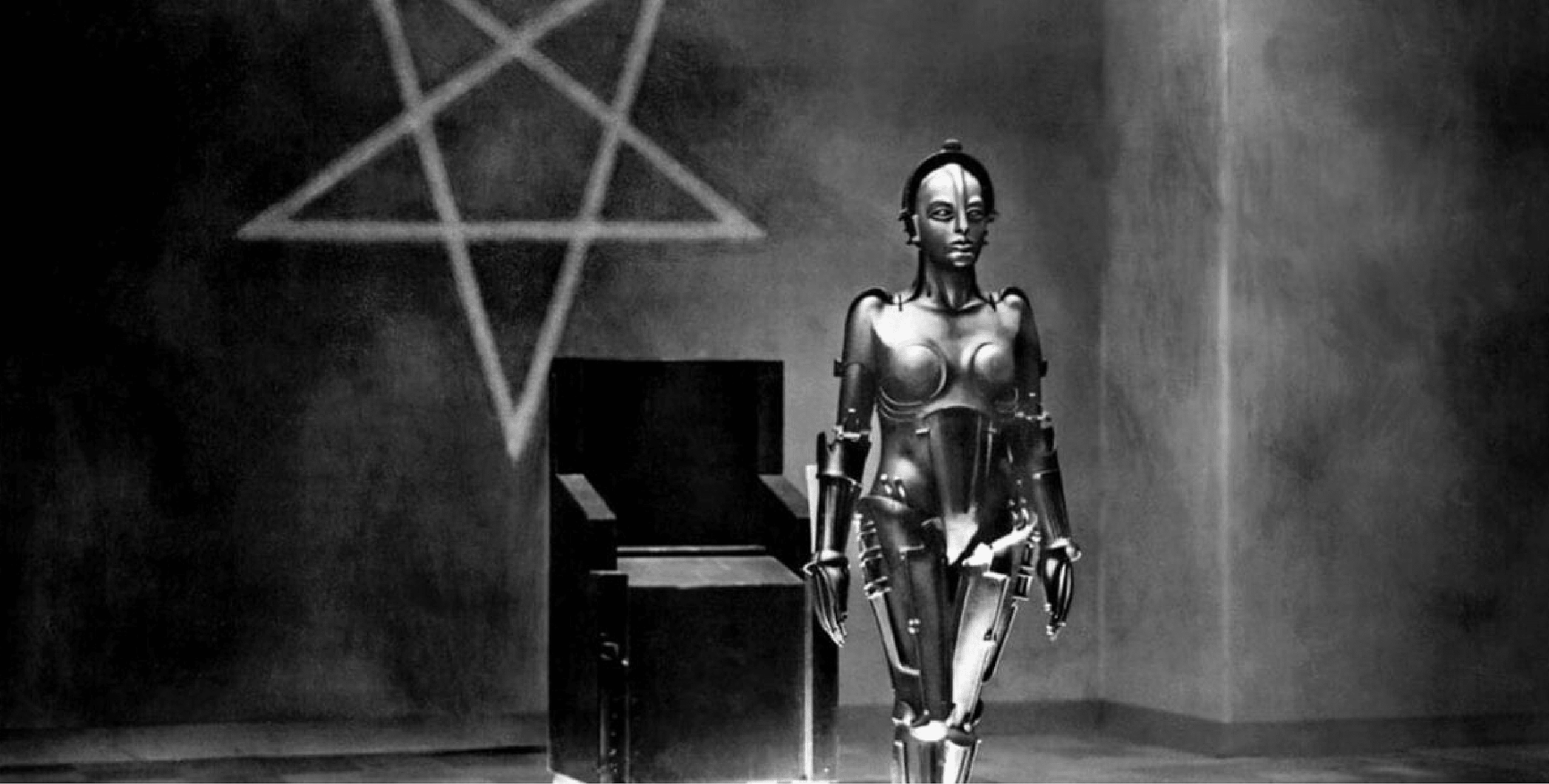
Maschinenmesch also erroneously referred to as “Maria” is an AI female robot from the movie Metropolis. This was the first time an AI robot for shown on screen. In the movie, she becomes a part of human society and causes havoc in the city. She is often the inspiration behind the skepticism surrounding the dangers of AI technology.
Der Herr der Welt
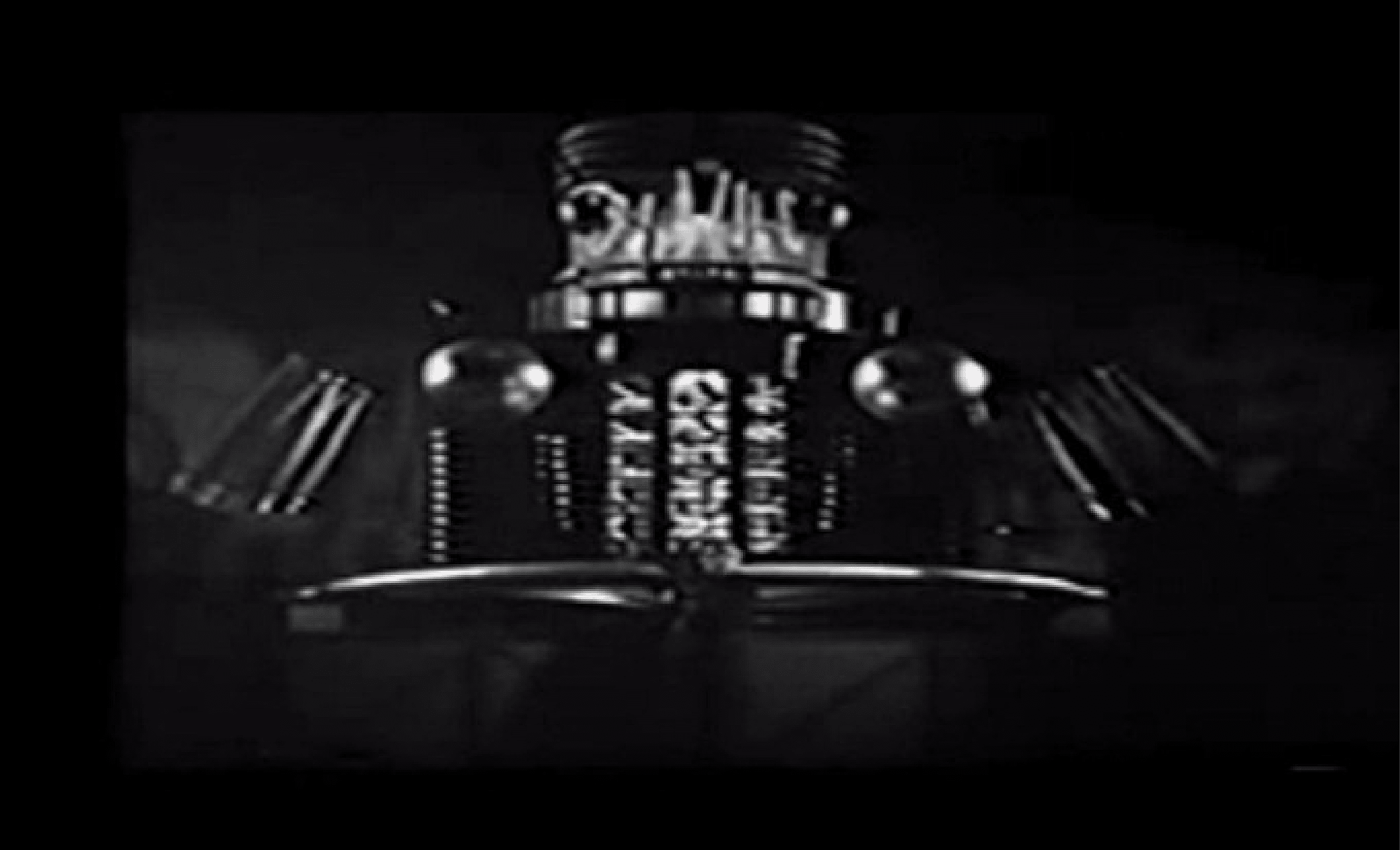
This movie depicts the ethical replacement of human labor with robots that are used as war machines. At the beginning of the movie, they show laborers working in the mine with the hope of getting rid of hard labor with the help of robots. However, the situation is flipped when the robots start attacking humans.
2001: A Space Odyssey
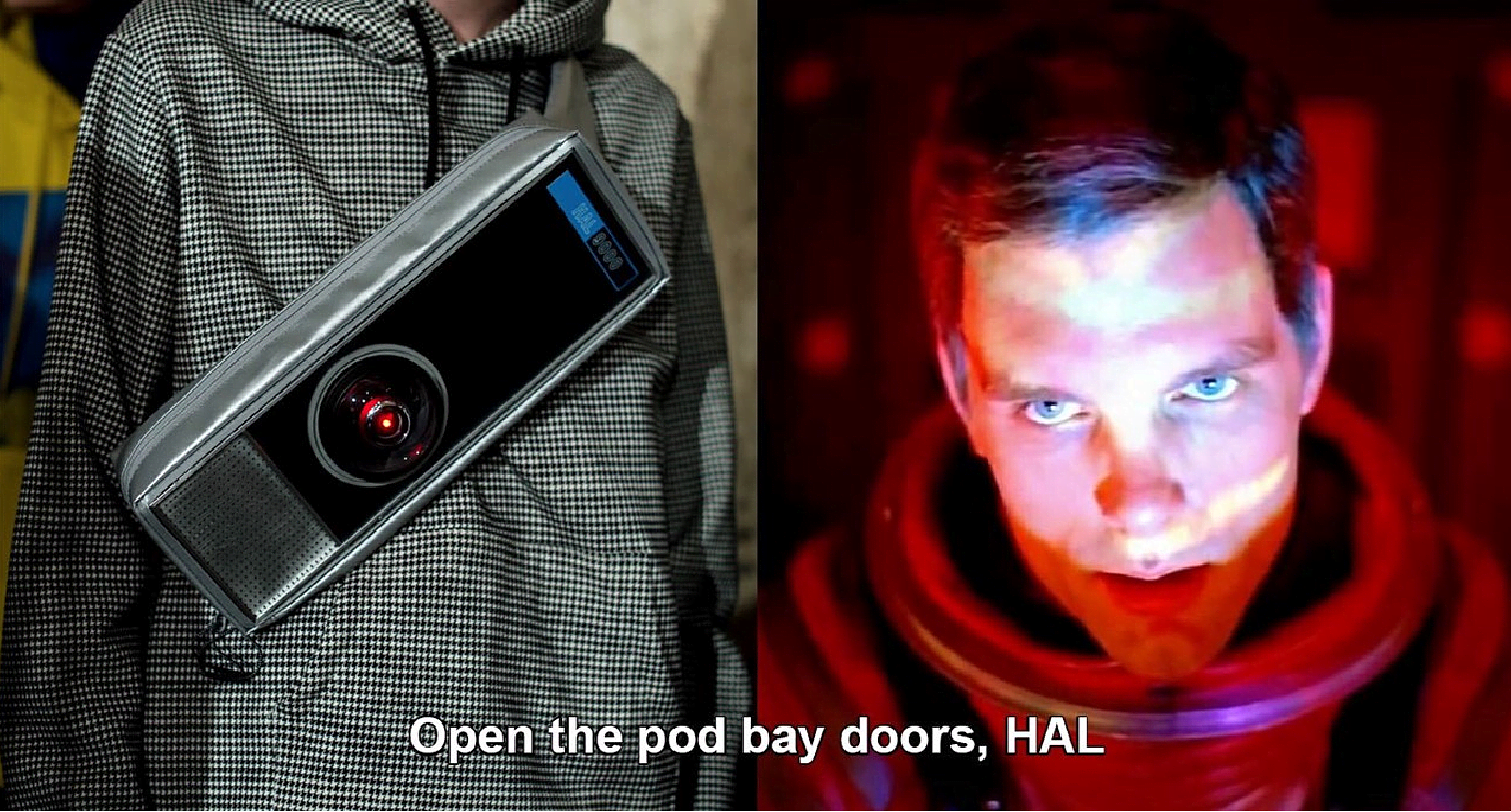
HAL 9000 is one of the biggest influences for AI in cinema. The movie was a benchmark in its own accord for showing futuristic technology such as zero gravity boots, video calling, rotating spacecraft, etc. HAL (Heuristically Programmed Algorithmic Computer) is a companion of the astronauts in the beginning. However, due to an accident, the astronauts decide to shut it. Upon learning the intention of the astronauts, the AI robot decides to kill his companions.
Beginning of the AI Era - The Actual Birth of AI!
During this time, the origin of artificial intelligence actually began when the idea of artificial intelligence first got introduced with its actual name. Therefore, let’s start with the precursors of AI technology that later on pushed the idea of AI further.
Note: To learn about different types of AI, click here!
Precursors of AI Technology - Foundation of AI
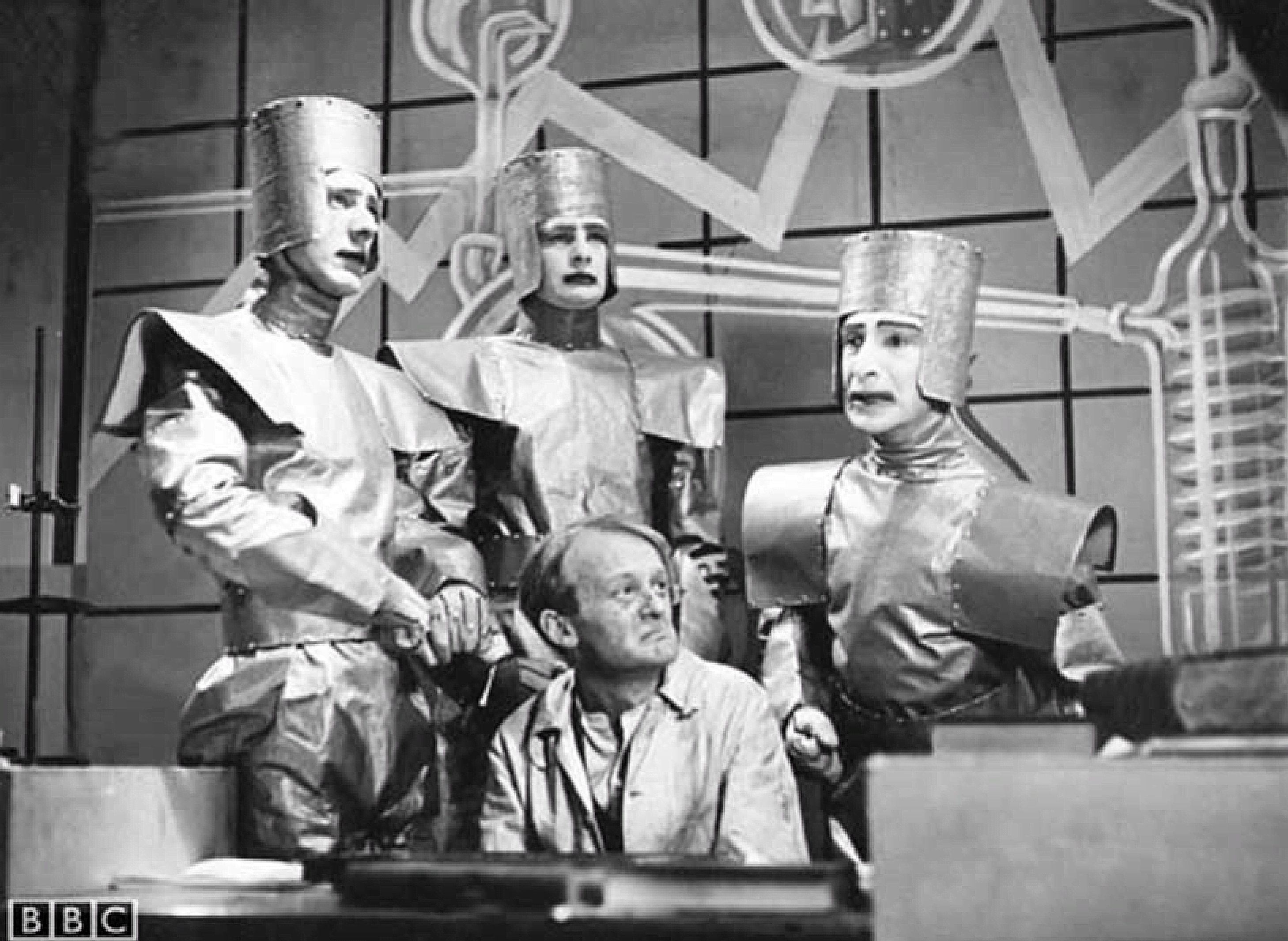
With mythologies and cinema already embracing the idea of AI in their own way, the work related to the development & evolution of AI started in the early years of the 1920s. In the year 1921, Karel ÄŒapek writes a play “Rossum’s Universal Robots”. This is the first time the word “Robot” is used anywhere that is documented. The idea of the play was to introduce artificial people.
Makoto Nishimura with Gakutensoku
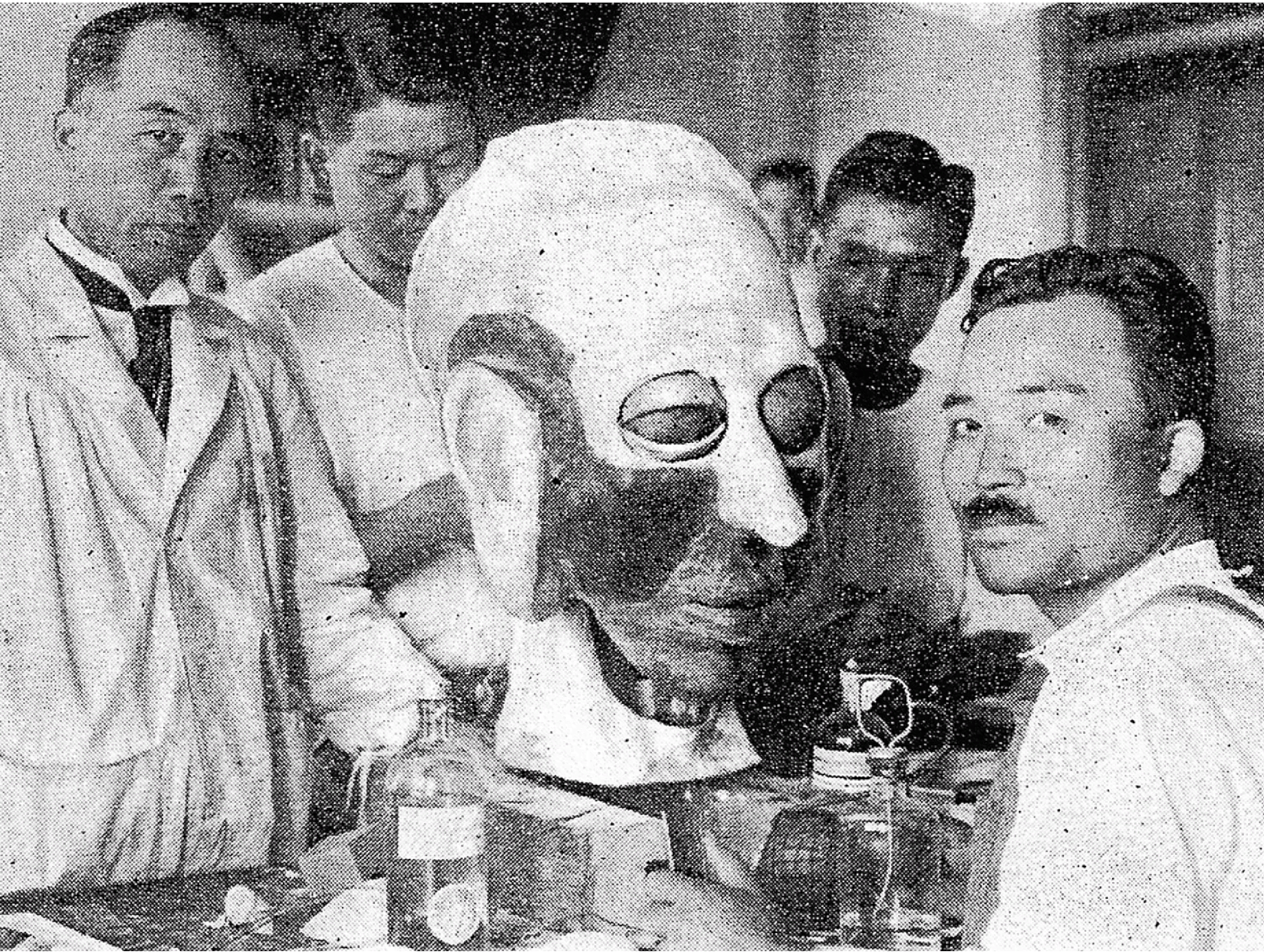
After the play was released, Japanese professor Makoto Nishimura built the first robot Gakutensoku. The robot used an air compressor and a rotating drum affixed with pegs. Makoto had a vision of creating a robot as close to a human as possible. To achieve it, he used rubber for the skin of the robot. To control the movement, he controlled the airflow within the robot using pipes and valves. The striking feature of the robot was his facial expression which became less prominent as the airflow dropped.
Edmund Callis Berkeley
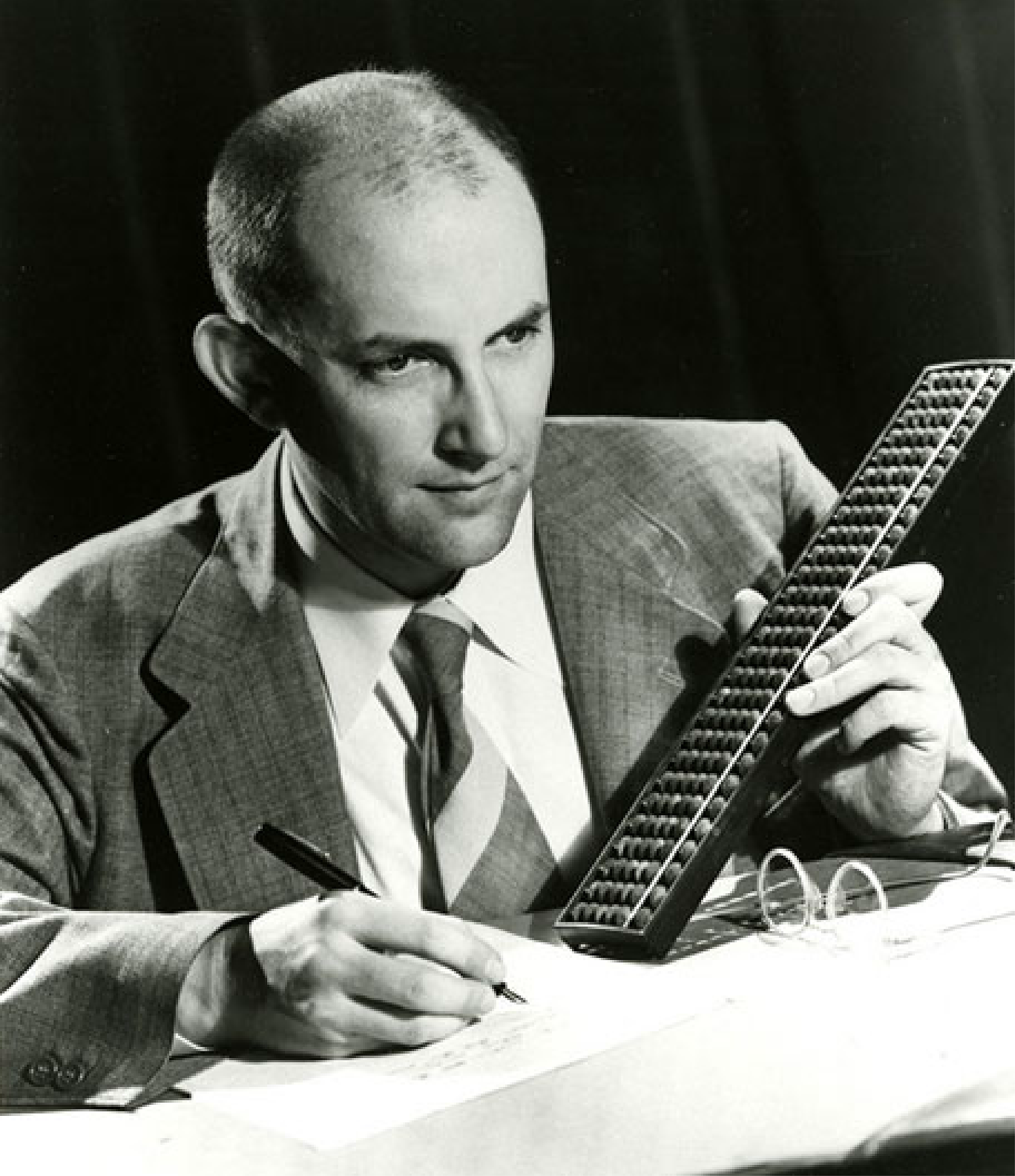
After this, Edmund Callis Berkeley, an American computer scientist co-founded the Association for Computing Machinery in the year 1947. Later on, he published a book called “Giant Brains, and Machines that Think”. It dabbled on multiple questions like “Can machines think?”, What is a mechanical brain?”, etc. and compared the latest models of computers with a human brain. These were the incidents that led to the actual beginning of AI and laid the foundation from where the history of AI starts.
Concept of AI in the Real World - The Beginning of Artificial Intelligence!

In the year 1950, Alan Turing came up with the idea of the Turing test. The test basically circulated around the idea of computers exhibiting human-like intelligence and whether or not human operators are able to figure it out. Originally known as the “The Imitation Game”, the test involved three terminals with two respondents and a questioner. The questioner had to ask questions to the other two terminals, one of which was a computer. If more than half of the time, the computer respondent is capable of mimicking human behavior in different conditions, the computer will be considered artificially intelligent. With this experiment, Alan Turing became one of the founding fathers of Artificial Intelligence.
In the same year, Isaac Asimov also laid the three rules of robotics which are:
- As per the first law, a robot shall not harm a human or show inaction that allows a human being to harm
- A robot shall always follow the orders of a human except if it's violating the first law
- A robot should protect its existence in consideration that it doesn’t violate the first or second law
Later on, John McCarthy who is also among the pioneer of Artificial Intelligence coined the phrase “Artificial Intelligence” for the very first time in the year 1955. This happened when he co-authored a document that led to the creation of the word.
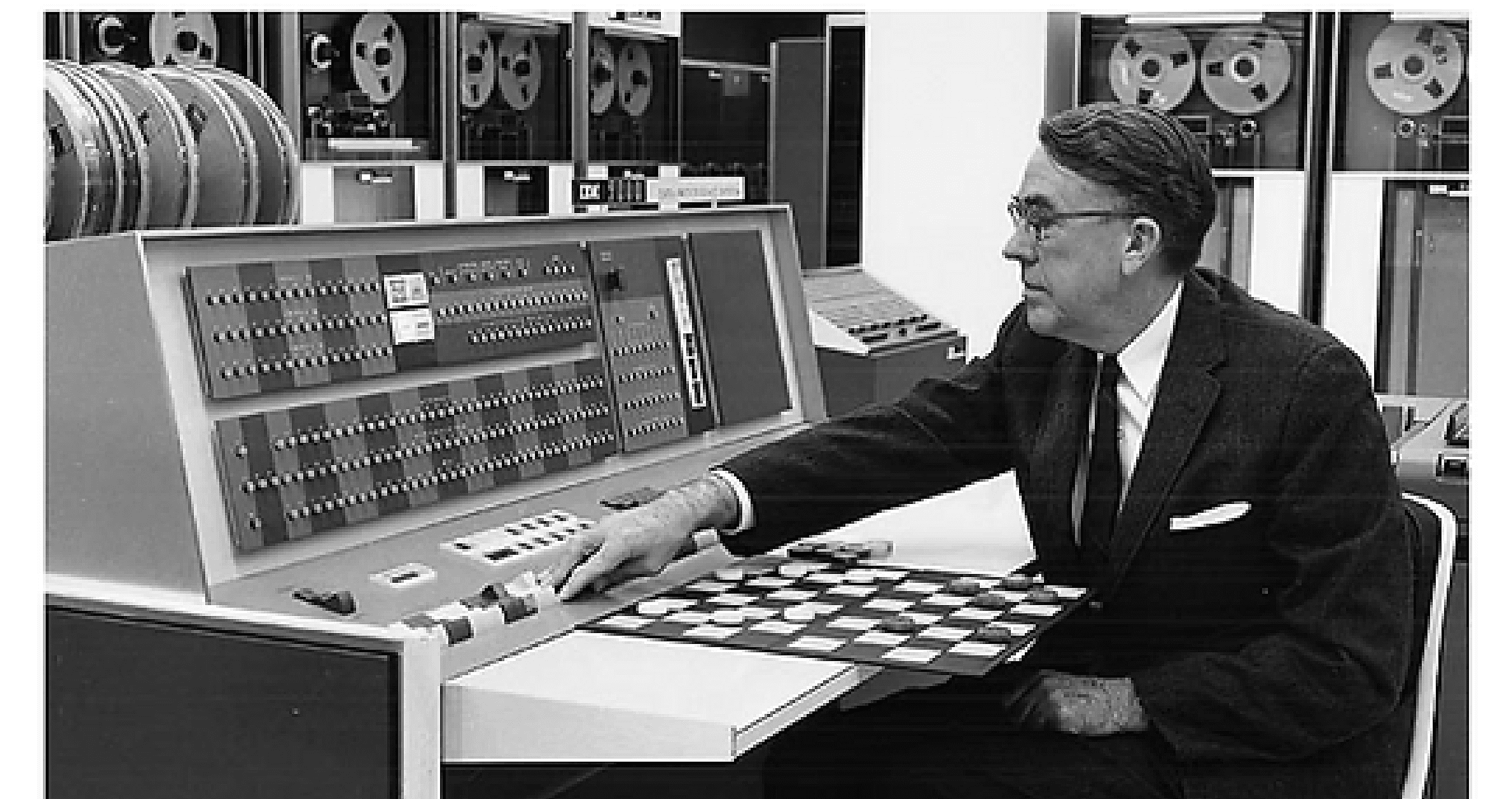
Arthur Samuel
After this on February 24, 1956, Arthur Samuel demonstrated self-playing checkers game. The game was built to run on IBM 701. In fact, a self-proclaimed checkers player master by the name of Robert Nealey played the game against the checkers game on IBM 7094. The system won against its competitor. However, it later on lost multiple games but is still considered a benchmark in the history of artificial intelligence.
Rise of AI - Age of Development!
John McCarthy
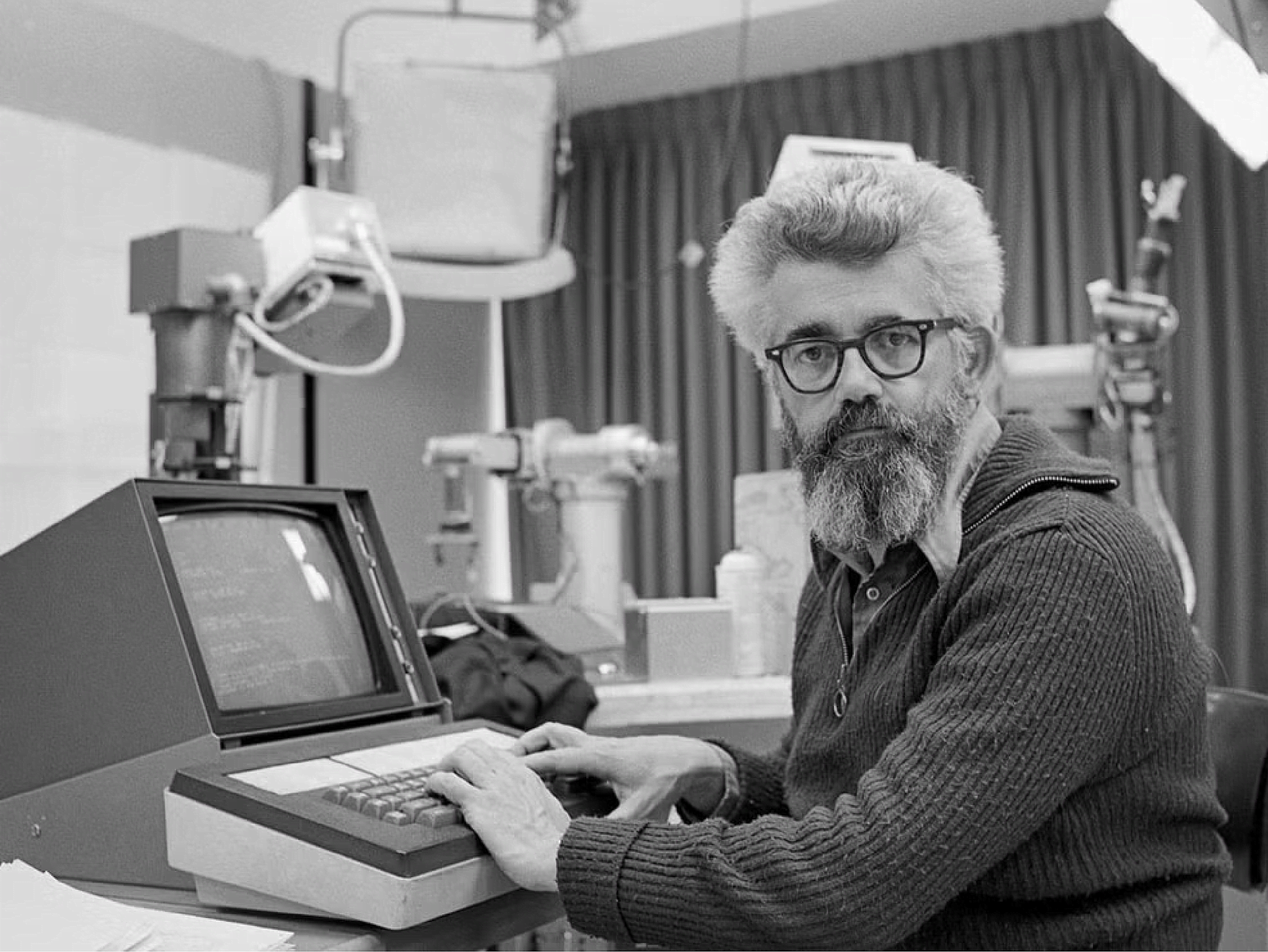
In the year, 1958, John McCarthy came up with LISP (list processing). This was one of the most important historical development of artificial intelligence. It was a programming language that was designed for the purpose of manipulation of data strings. LISP allowed computer programs to learn and evolve because of their capability to process strings. This helped in the creation of expert systems in the future. In fact, LISP is very much in use today as well. A variant of LISP is used for Grammarly (typing assistant). Adding to it, he also coined the term “Machine Learning” in 1959 during a speech about teaching computer systems to play chess.
Unimate
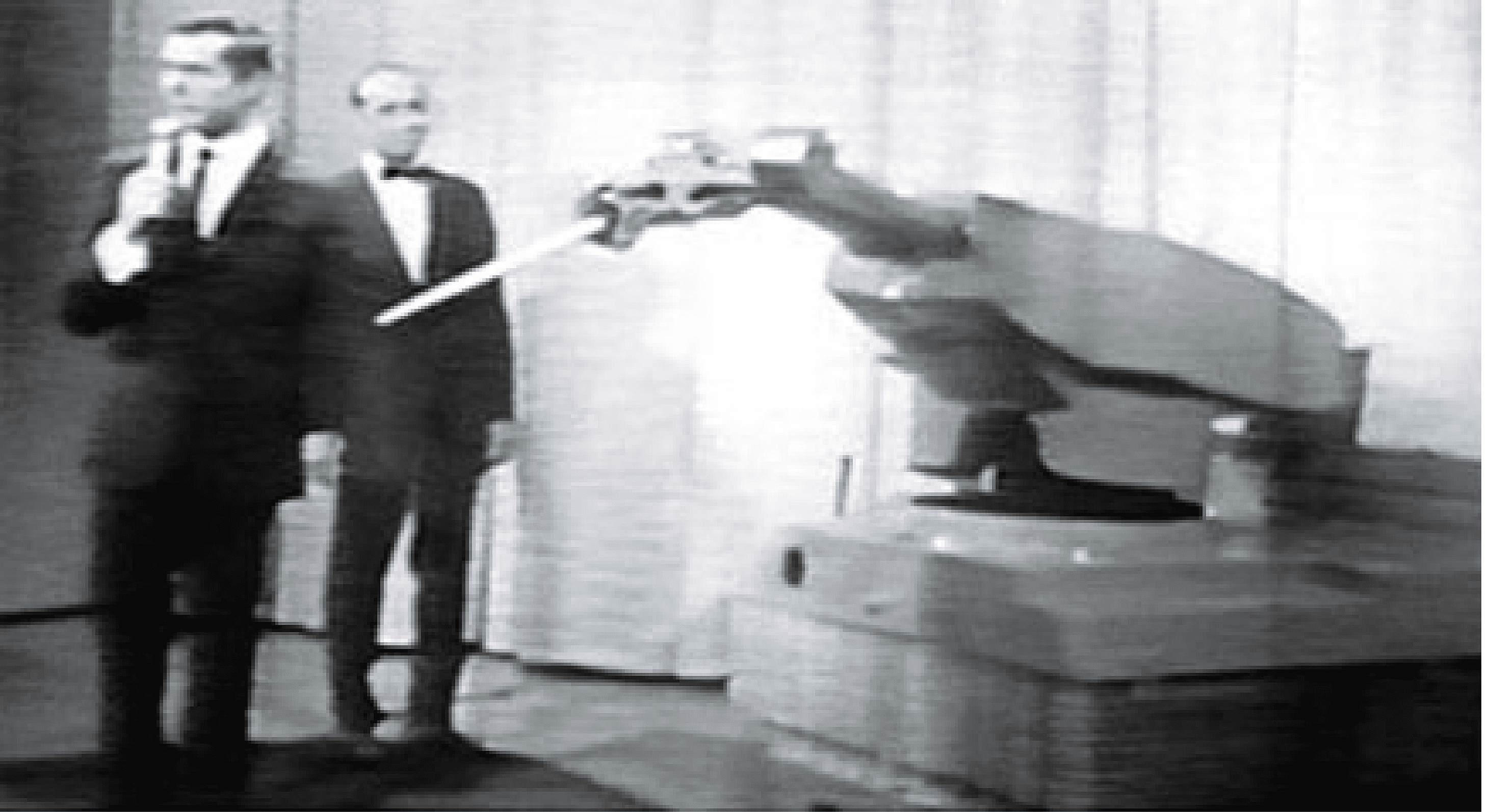
Previous to John McCarthy’s creation of LISP in the year 1954, George Devol an American inventor issued a patent “Programmed Article Transfer”. The patent introduced the concept of universal automation aka “Unimation”. In the year 1961, he created the first industrial robot Unimate for General Motors. This was the origin of artificial intelligence and its usage in factories for mass production. However, something else was cooking at the Stanford Research Institute. An AI project named “Shakey” with the capability to understand natural language was developed by Charles Rosen. This robot could navigate the environment around.
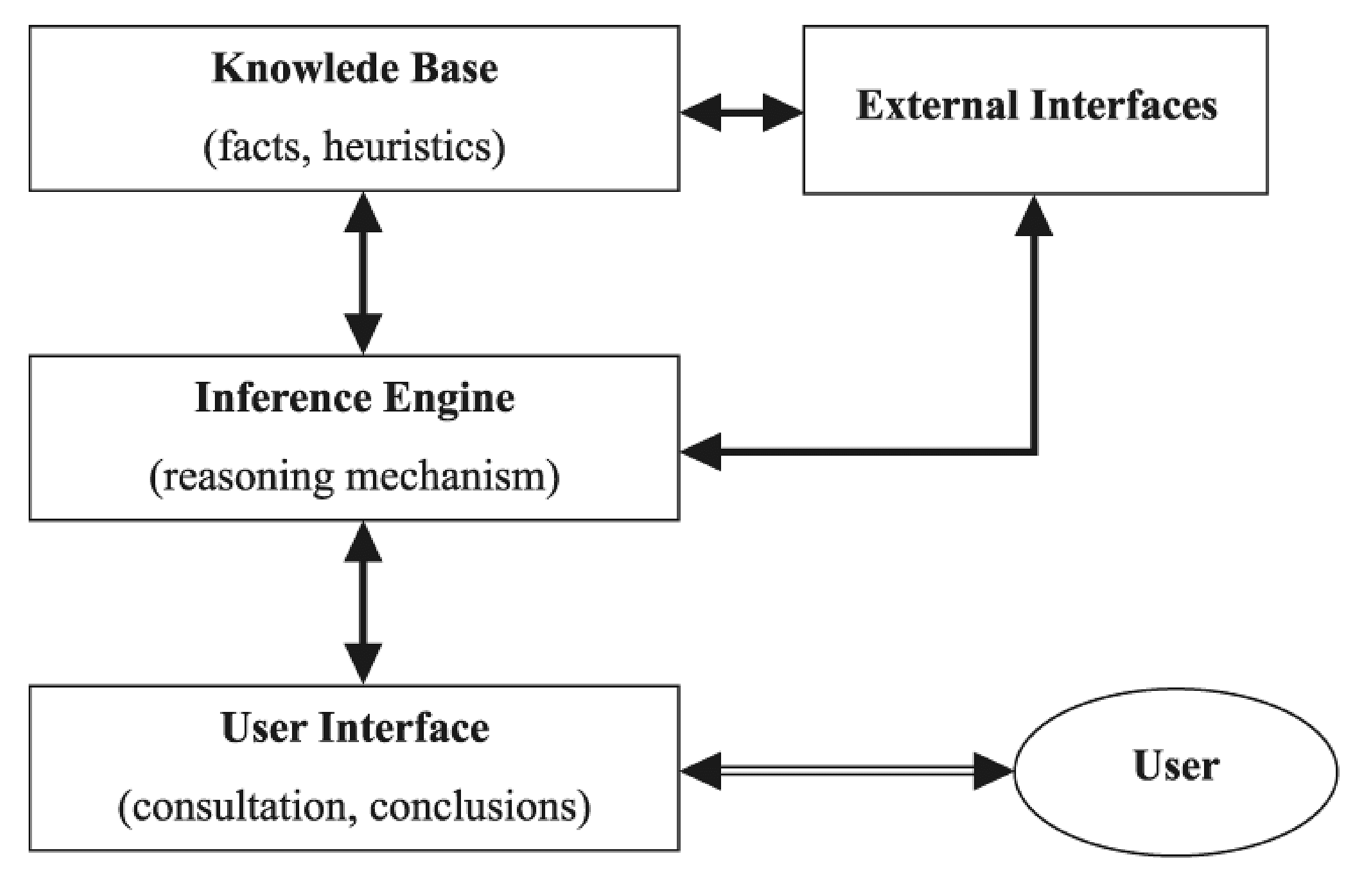
Later on in the year 1965, the first expert system was designed by Edward Feigenbaum and Joshua Lederberg known by the name DENDRAL (Dendritic Algorithm). This expert system had the capability of mapping the structure of molecules available in different compounds. This system was used for the detection of unknown organic molecules. It worked by defining a set of possible structures. The data was compared with the existing data to determine which one existed and which one didn’t. It helped in automating the task of detecting new compounds for organic chemists. This was another huge breakthrough in the evolution of artificial intelligence.
ELIZA’s interface
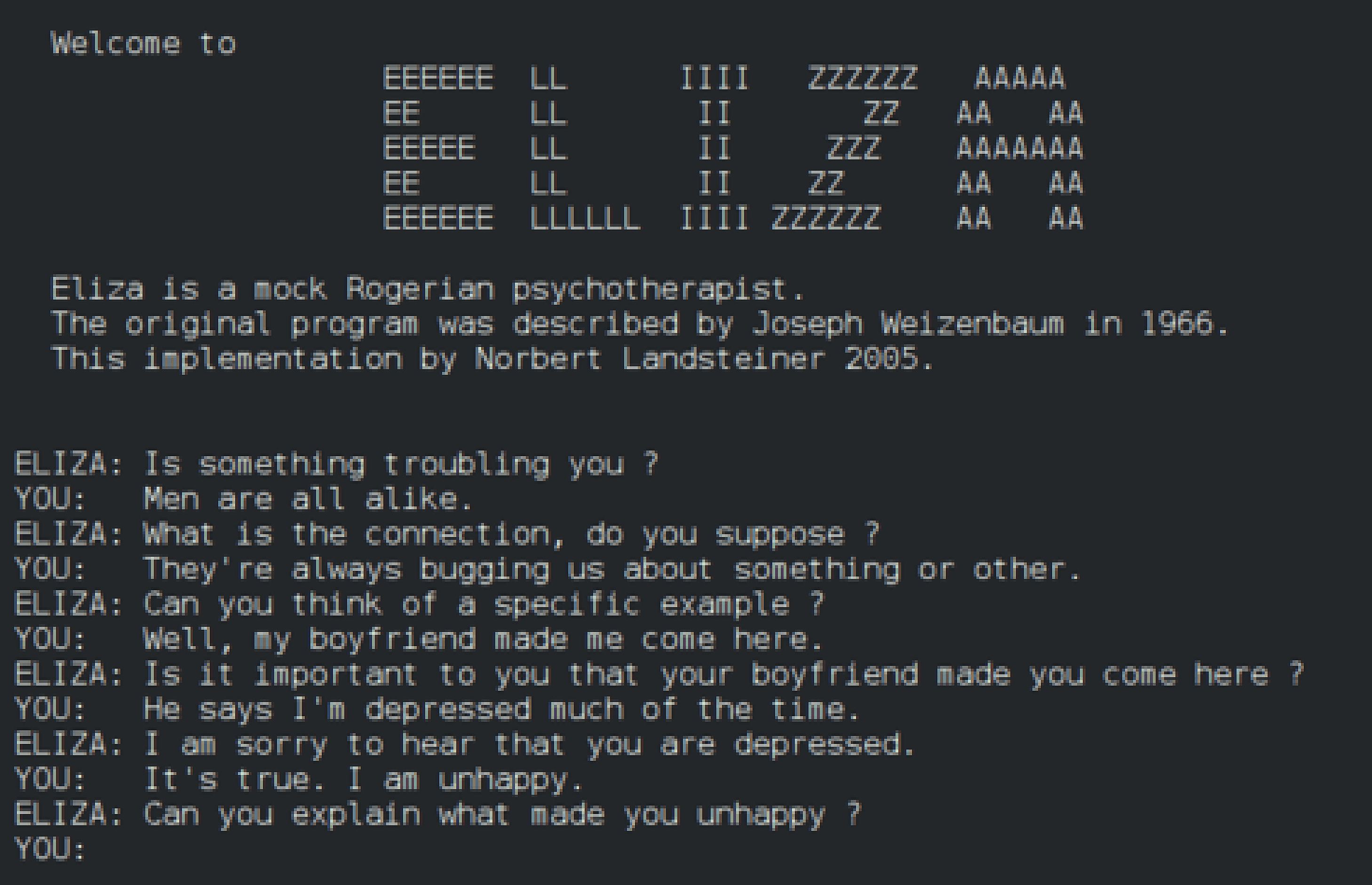
Following this “ELIZA” also known by the name “Chatterbot” was a mock psychologist introduced in 1966. It was the first system that made use of natural language processing in its most primitive form making another leap in the evolution of AI. It had an entire LISP-like dictionary. Using this dictionary, it matched the pattern with the user’s input and provided a response. However, it doesn’t had the capability to understand what the user entered into the system.
Stanford Cart
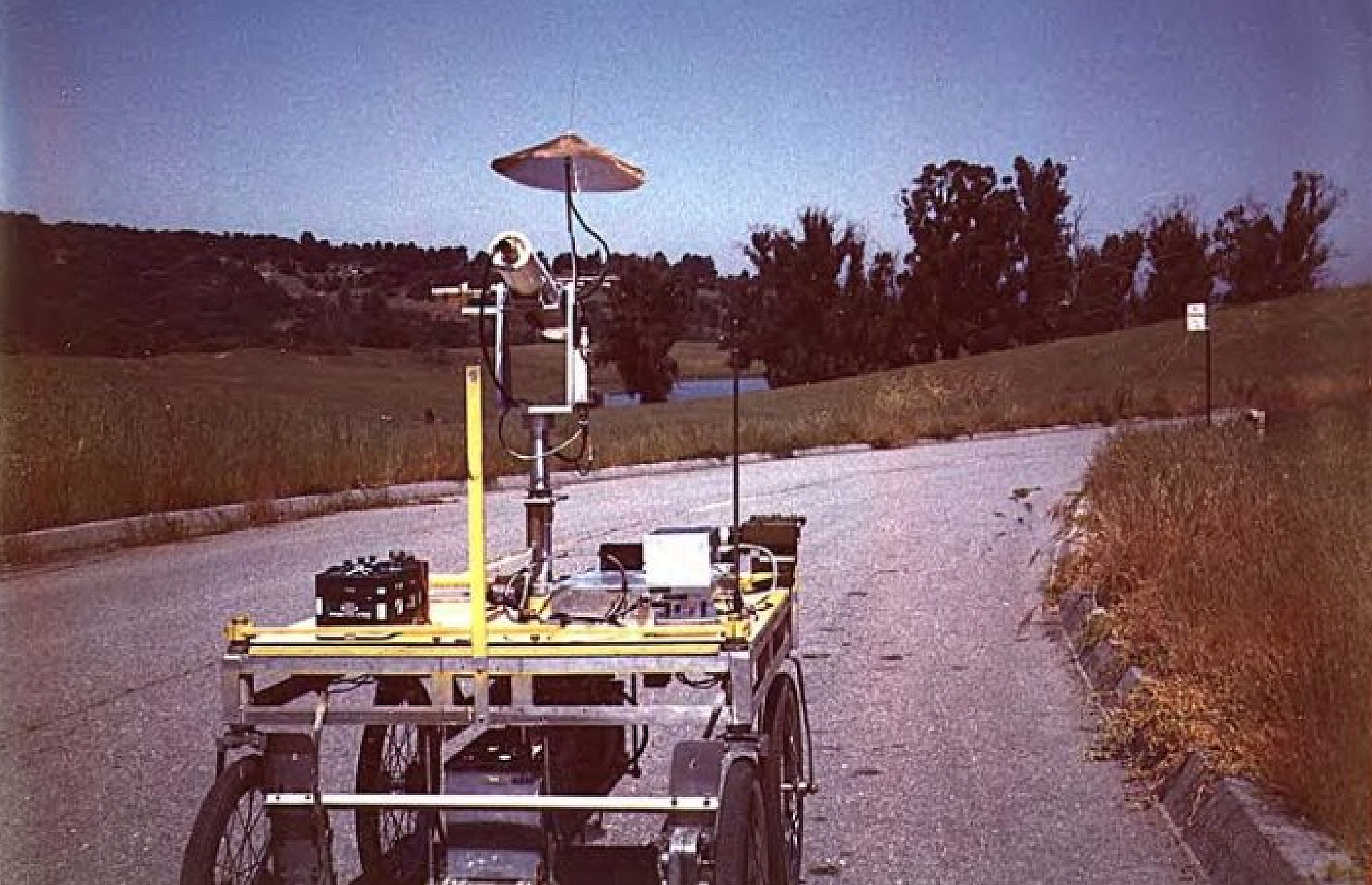
A couple of years later in 1973, a British mathematician James Lighhill submitted a report to the British Council. This report focused on the level of advancement that took place in the AI realm. This led to a decrease in the funding for AI-led research. This was a dark incident in the history of AI. However, in the Stanford AI lab, the first autonomous vehicle got created with the name “Stanford Cart” in the year 1961. This Stanford Cart later on in the year 1979 was successfully able to navigate a room full of chairs. This thereby gave it the name of the first autonomous vehicle.
Acceleration of AI Development- The Rapid Growth Era!
A Conference of AAAI

It was in the year 1979, the Association for the Advancement of Artificial Intelligence (AAAI) was established. Later on in 1980, the first conference of AAAI was conducted on the subject of research related to machine learning and artificial intelligence. This conference since then has been conducted every year. After that, the first commercial expert system known by the name XCON (expert configurer) came into the market in the year 1980. This was created to assist in ordering computer systems. XCON automatically picked components based on the requirement of the customers.
Another notable thing that led to the advancement of AI technology was the funding for the fifth generation computer project. This fund was provided by the Japanese government allocating more than $2 billion dollars equivalent to the present day. The aim of this project was to create computer systems capable of translating, conversing in human language, and being able to reason like humans. After this, it was the first time that a warning was raised that led to a significant decrease in interest related to AI advancement at an AAAI conference in the year 1984.
AARON

On the contrary, the advancement didn’t stop for a couple of years. In 1985, AARON was demonstrated at an AAAI conference. This program was capable of drawing autonomously creating a benchmark in the history of AI technology. Later on in the year 1986, Ernst Dickmann and his team demonstrated the first driverless robot car which could drive up to the speed of 55 mph. Following that Alactrious Inc. launched its first strategy managerial advisory system known as Alacrity. This was another complex expert system with over 3000+ rules for its users.
ALVINN

Another major invention of AI was in this year 1989 at Carnegie Mellon University, the neural networks-based autonomous vehicle by the name “ALVINN” was created. The vehicle used cameras mounted on the vehicle to produce visual input and interpret the environment.
AI Winter - The lack of interest in AI Development
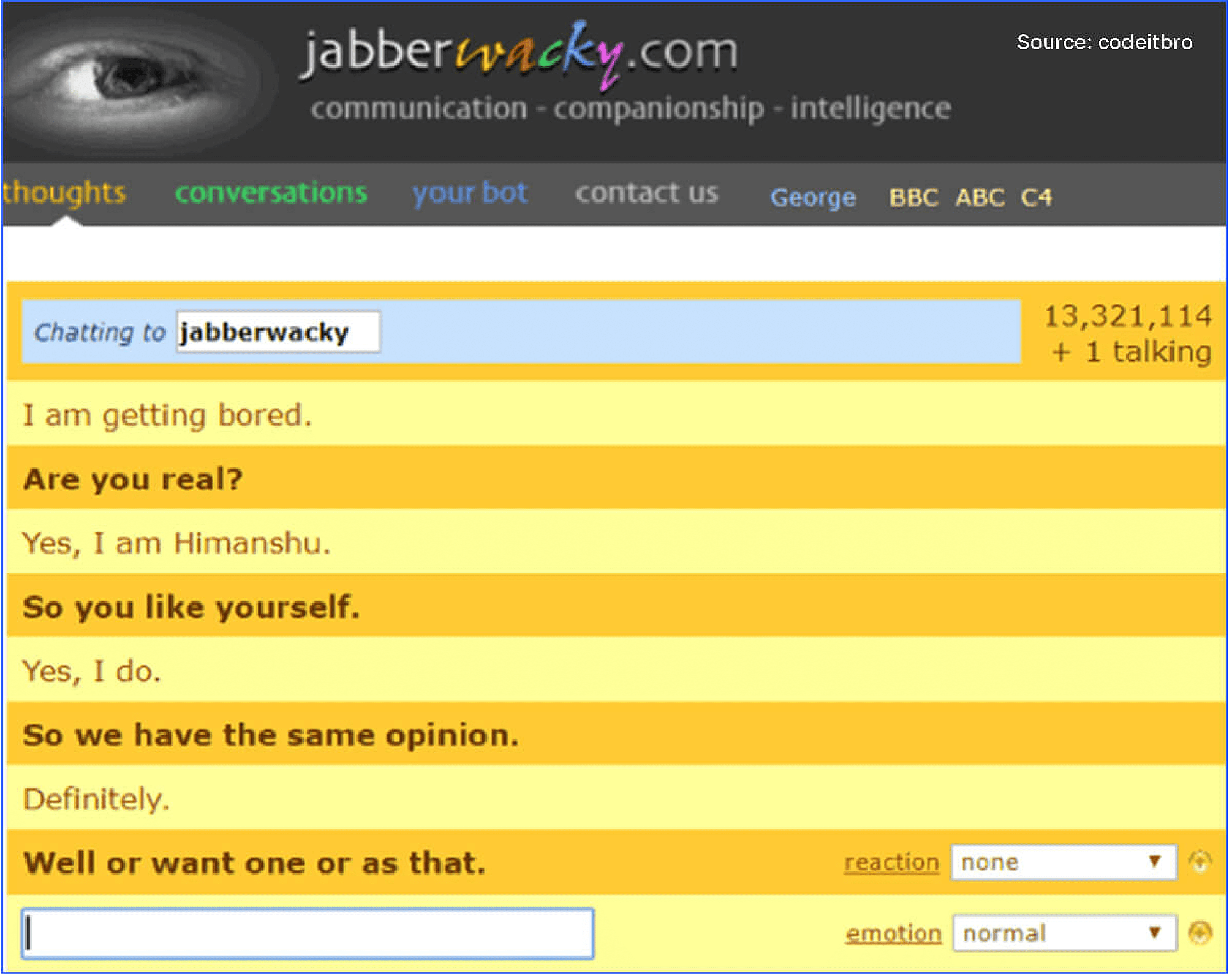
This was a time when the general public was less interested in the development of AI. Also, the support for the advancement of technology from the government also plummeted for a while. During this time, two things happened. Firstly in the year 1987, the market for LISP-based specialized hardware collapsed because of cheaper and more accessible computer systems. Second in the year 1988, a chatbot with the name Jabberwacky was invented by Rollo Carpenter. Despite this, there wasn’t anything notable that happened during this period.
Rise of the AI Agents - The Second Renaissance for AI
Despite the general lack of interest from both the common public and the government, this time showed enormous improvements in the fields of AI.
A Match between Deep Blue and Gary Kasparov

Starting from 1997, a legendary chess match took place between the IBM-built AI system Deep Blue and the chess grandmaster Gary Kasparov. The match ended with 4 consecutive losses of Gary and the match ended with resign. This event made its mark in the history of AI considering there hasn’t been a system capable of defeating such a decorated figure in its own space. In the same year, Windows launched its speech recognition system.
Kismet
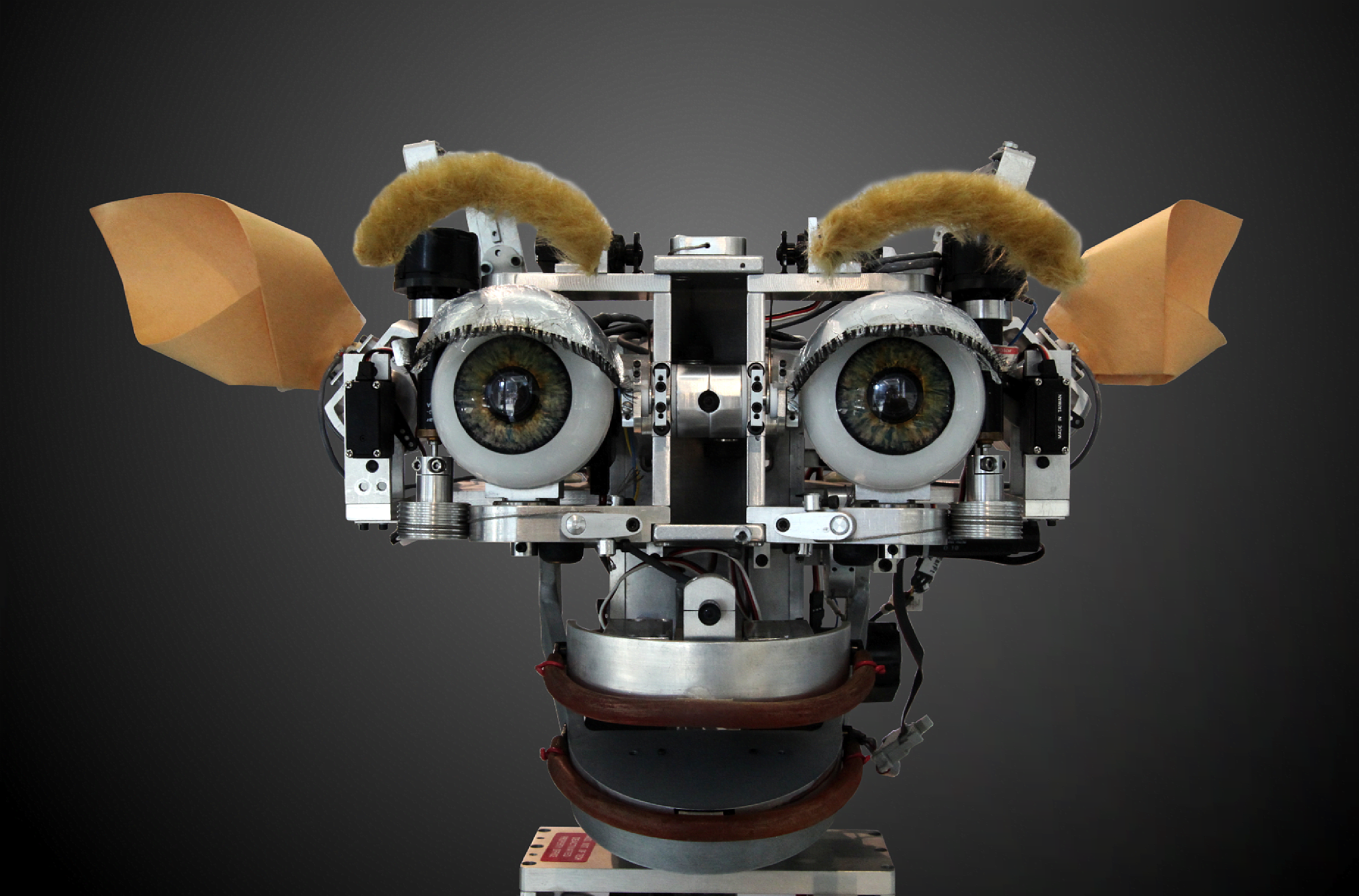
Post this event in 2000, the first robot that can simulate emotions with facial expressions “Kismet” was created by Professor Cynthia Breazeal. Later on, there were several developments that made their way into the chapters of the history of artificial intelligence which are:
- In 2002, Roomba an artificially intelligent autonomous robotic vacuum cleaner gets released.
- In 2003, Nasa releases its two rovers Spirit and Opportunity on Mars.
- In 2006, Netflix, Facebook, and Twitter starts using AI to improve advertising and user experience on their platforms.
- In 2010, Microsoft launches its Xbox 360 Kinect. This is a gaming console capable of detecting the full body range of motions for playing motion sensor games.
- In 2011, IBM creates Watson which is an AI program capable of NLP (natural language processing) capabilities that win jeopardy against two former champions.
- Again in 2011, Apple launches Siri which is one of the most popular virtual assistants.
AI Maturity (Present)- The Inception of Generative AI!
This is the time period when efforts in the field of AI led to the development of generative AI systems such as ChatGPT, Dall-E, Google Bards, etc. In the year 2012, three researchers by the name of Jeff Dean, Greg Corrado, and Andrew Ng starts training a neural network with the help of 16,000 processors using unlabeled data of cats with zero background information. This project is later released with the name Google Brain in 2020.
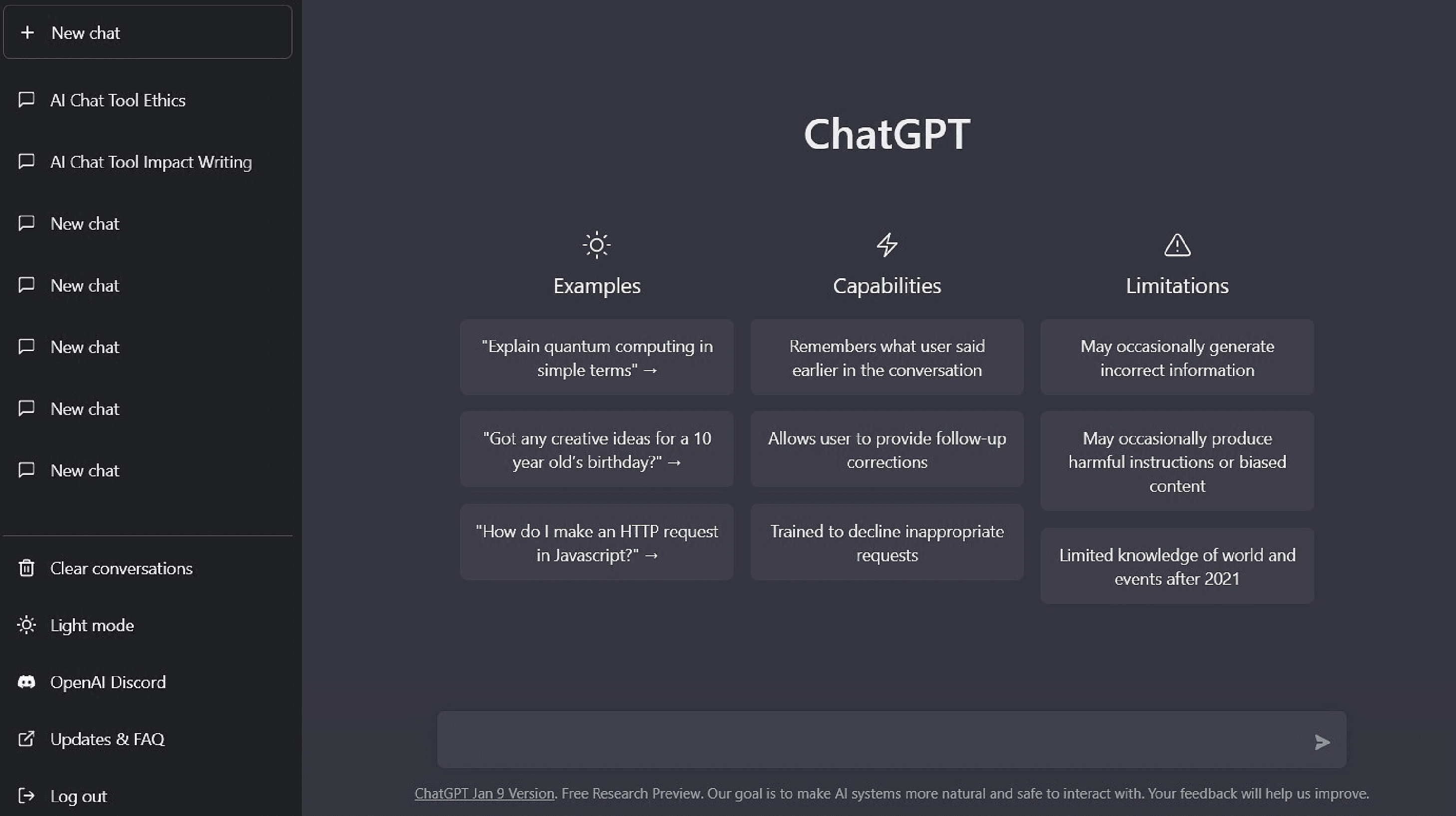
In 2015 three of the most notable people of our generation Elon Musk, Stephen Hawking, and Steve Wozniak along with 3000 other people sign an open letter. This letter is sent to the governments of the world regarding the banning of the development of autonomous weapons for war.
Sophia

Later on in the year 2016, a humanoid named Sophia is created by Hanson Robotics. Sophia is much better than Kismet considering it had a realistic human appearance. Adding to it, the system had the ability to replicate emotions and the capability to communicate them. This robot is also referred to as the first “robot citizen”.
Later on, several events take place such as:
- In 2016, Facebook worked on two AI chatbots capable of conversing in English and negotiating while simultaneously developing their own language.
- In 2018, Alibaba’s AI capable of language processing beats a human in intellect on the Stanford test for reading and comprehension.
- In 2020, OpenAI initiates the beta testing for its GPT-3 model. The model uses deep learning and is capable of creative writing and similar other tasks with the efficacy of a human writer.
- In 2021, OpenAI comes up with DALL-E, an AI-based image generator. This image generator is capable of generating creative art, paintings, characters, logos, etc. simply using a prompt via the console.
Google gives access to Google Bard (Google’s generative AI) on March 21, 2023. This generative AI uses a new AI model i.e. LaMDA (Language model for dialogue applications.
Future of AI
In terms of technology exploration previously a lot has happened on the theoretical side of AI. The reason was simple, the AI technology was limited by the technology of its time. As per Moore’s Law, the number of transistors that can be fixed in a chip doubles every year. This law has been true since the 1960s making it possible for us to have supercomputers like Frontier. A supercomputer capable of processing 1.194 quintillion floating point operations per second (FLOPS). This has also been the case with general-purpose computers that have enhanced processing capabilities.
Adding to it with the advancement of AI technology and the maturity of AI-based technologies such as machine learning, neural networks, natural language processing, etc. researchers and even enthusiasts are capable of experimenting with it easily. This has led to the creation of multiple generative AI models such as GPT, LaMDA, BLOOM, etc. Capability to provide recommendations, personalization, conduct behavior analysis, etc. with multiple popular commercial systems (Netflix, Amazon, Hulu). Use of AI technology for space exploration, and support with satellite operations, rocket landing, predictive maintenance, data analysis, etc.
With the current AI technology, the possibilities are endless. We have the capability of creating artificial simulations, conducting research for different domains, reinforcing consumer applications, working on novel medicines & cures, and a lot more. We now have the capability to predict the future in terms of forecasting demand & sales, weather reports, predicting natural calamities, and a lot more. With AI maturity, anything that we imagine to make mankind more efficient is possible in the future.
Wrapping Up!
The AI market has finally matured. There has been a total yearly investment of $5 billion between the time period 2020 and 2022 in the AI startup domain. This is the reason multiple artificial intelligence companies have emerged in the last decade. The entire history of AI that led us to the advanced society we live in today is finally bearing fruits. We have been able to perform feats that were unimaginable when all of it started. However, what hasn’t changed is the debate around the topic of whether AI is good or bad.
Frequently Asked Questions
-
When did AI become popular?
-
When was artificial intelligence invented?
-
When was the first AI robot invented?










